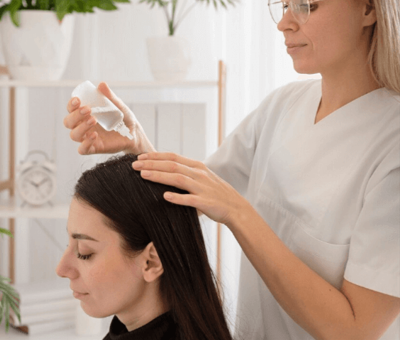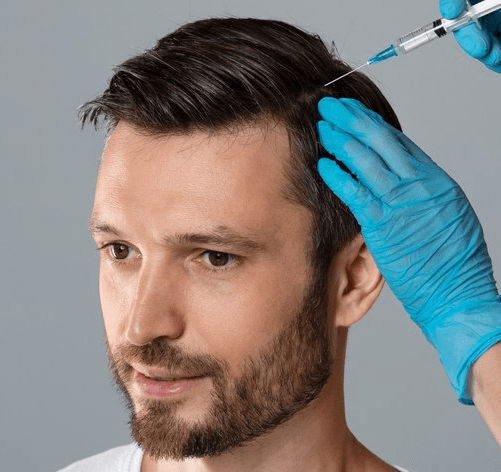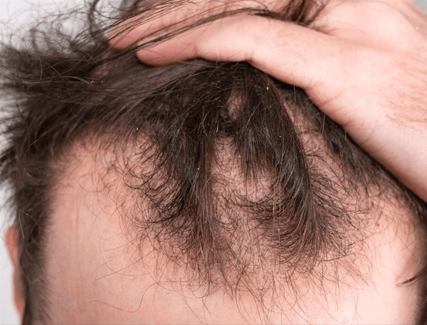Planning to travel to South Korea for PRP (Platelet-Rich Plasma) therapy for hair loss? You’re not alone. Each year, thousands of international patients visit Korea to access affordable, high-quality cosmetic procedures. But even in this world-class medical hub, one concern frequently arises for non-Korean speakers:
👉 How do I communicate effectively during my PRP hair loss treatment if I don’t speak Korean?
While language barriers can pose a challenge, they’re far from a deal-breaker. In this guide, we’ll explore the common communication hurdles international patients face, and how you can navigate PRP therapy smoothly in Korea with the right preparation.
🌐 Why Communication Matters in PRP Hair Loss Treatment
Though PRP therapy is minimally invasive, clear communication is essential to:
- Describe your hair loss history accurately
- Discuss medical conditions, allergies, or medications
- Understand treatment options, frequency, and aftercare
- Express comfort levels during injections
- Ask questions and raise concerns confidently
Miscommunication could result in subpar results or unnecessary anxiety—especially when you’re far from home.
🗣️ Common Language Challenges in Korean Clinics
1. Limited English Proficiency Among Medical Staff
While many Korean doctors are well-educated and trained abroad, not all staff or nurses speak fluent English. In smaller clinics or non-tourist areas, communication might be minimal beyond basic instructions.
2. Complex Medical Terminology
Words like “androgenetic alopecia,” “growth factor concentration,” or “intradermal injection” can be confusing even in your native language—let alone when translated inaccurately.
3. Cultural Communication Style
Korean culture often favors indirect communication, especially when discussing concerns or dissatisfaction. You may need to be more assertive to ensure your expectations are clearly understood.
✅ How to Communicate Effectively During PRP Therapy in Korea
Here’s how to overcome the language barrier and get the care you deserve:
1. 📞 Choose Clinics with English-Speaking Staff or Medical Coordinators
Before booking, ask directly if the clinic offers:
- English-speaking doctors or nurses
- A dedicated medical coordinator for foreigners
- Interpreters for Chinese, Japanese, Russian, or Arabic, if needed
💡 Tip: Many top clinics in Gangnam, Myeongdong, and Apgujeong have international departments that cater to global patients.
2. 💬 Schedule an Online Consultation First
Most PRP clinics offer virtual consultations via Zoom or email. This gives you a chance to:
- Assess the staff’s English fluency
- Ask treatment questions in advance
- Share medical history and scalp photos for evaluation
Bonus: You’ll feel more comfortable arriving, knowing what to expect.
3. 📝 Use a Prepared Medical Info Sheet (in Korean & English)
Bring a bilingual document that includes:
- Your medical history
- Known allergies or medications
- Type of hair loss (if diagnosed)
- Your desired outcome
This minimizes confusion and allows staff to reference important details even if communication is limited.
4. 📲 Use Medical Translation Apps or Phrasebooks
Useful translation apps:
- Papago (Naver) – excellent for Korean-English translation
- Google Translate – voice and image translation features
- MediBabble or Canopy Speak – made for healthcare environments
Common phrases to pre-translate:
- “I have thinning hair on the crown.”
- “I am allergic to lidocaine.”
- “How many PRP sessions do I need?”
- “Can you explain the aftercare steps again?”
Pro tip: Save or print these phrases ahead of time.
5. 🧑⚕️ Ask for Written Instructions
Even if you understand spoken English, ask the clinic to provide aftercare instructions in writing. This helps avoid mistakes in:
- Post-treatment scalp care
- Shampoo restrictions
- Follow-up schedules
- When to expect results
Written materials are often available in English at foreigner-friendly clinics.
6. 🤝 Be Direct and Clarify When Needed
If something is unclear:
- Politely ask: “Can you please repeat that more slowly?”
- Use simple language: “So I need three sessions, one every two weeks?”
- Confirm key points before proceeding: “Is this a single-spin or double-spin PRP system?”
In medical tourism, clarity is more important than formality.
7. 🧳 Consider Hiring a Medical Interpreter
For longer stays or multiple treatments, hiring a medical interpreter may be worth the investment. Some concierge agencies or hotel services in Seoul offer these professionals by the hour.
Benefits:
- Accurate communication in complex situations
- Easier insurance or payment processing
- Better comfort during procedures
🧭 How to Find English-Friendly PRP Clinics
Look for:
- Clinics listed on Korean Medical Tourism portals like Visit Medical Korea
- Facilities that mention “Foreigner Services,” “International Department,” or “English-speaking Doctor”
- Verified reviews from non-Korean patients on Google Maps, RealSelf, or YouTube vlogs
✈️ Bonus Tip: Learn a Few Basic Korean Phrases
Even learning a few simple Korean words can go a long way in building rapport:
| Korean Phrase | English Meaning |
|---|---|
| 안녕하세요 (annyeonghaseyo) | Hello |
| 감사합니다 (gamsahamnida) | Thank you |
| 조금 아파요 (jogeum apayo) | It hurts a little |
| 이해했어요 (ihaehaesseoyo) | I understand |
| 다시 말씀해 주세요 (dasi malsseumhae juseyo) | Please say it again |
💡 Summary: Key Tips for Overcoming Language Barriers
| Strategy | Why It Helps |
|---|---|
| Choose English-speaking clinics | Reduces risk of miscommunication |
| Do a virtual consultation first | Build comfort and clarify expectations |
| Bring bilingual health info | Ensure accurate treatment planning |
| Use translation apps | Quick support in real-time |
| Get written aftercare | Avoid confusion post-treatment |
| Learn basic Korean | Foster goodwill and smoother interactions |
Final Thoughts
Don’t let the fear of a language barrier stop you from getting effective, professional PRP hair loss treatment in Korea. With the right preparation, you can enjoy world-class care while feeling heard, understood, and supported.
Korea’s best clinics are well-versed in treating international patients, and many go the extra mile to ensure a seamless, communicative experience—from your first message to your final session.




